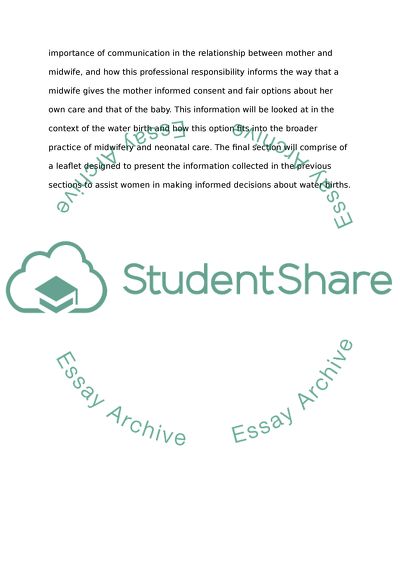Cite this document
(“Water Birth Essay Example | Topics and Well Written Essays - 3000 words”, n.d.)
Retrieved from https://studentshare.org/nursing/1401462-water-birth
Retrieved from https://studentshare.org/nursing/1401462-water-birth
(Water Birth Essay Example | Topics and Well Written Essays - 3000 Words)
https://studentshare.org/nursing/1401462-water-birth.
https://studentshare.org/nursing/1401462-water-birth.
“Water Birth Essay Example | Topics and Well Written Essays - 3000 Words”, n.d. https://studentshare.org/nursing/1401462-water-birth.


